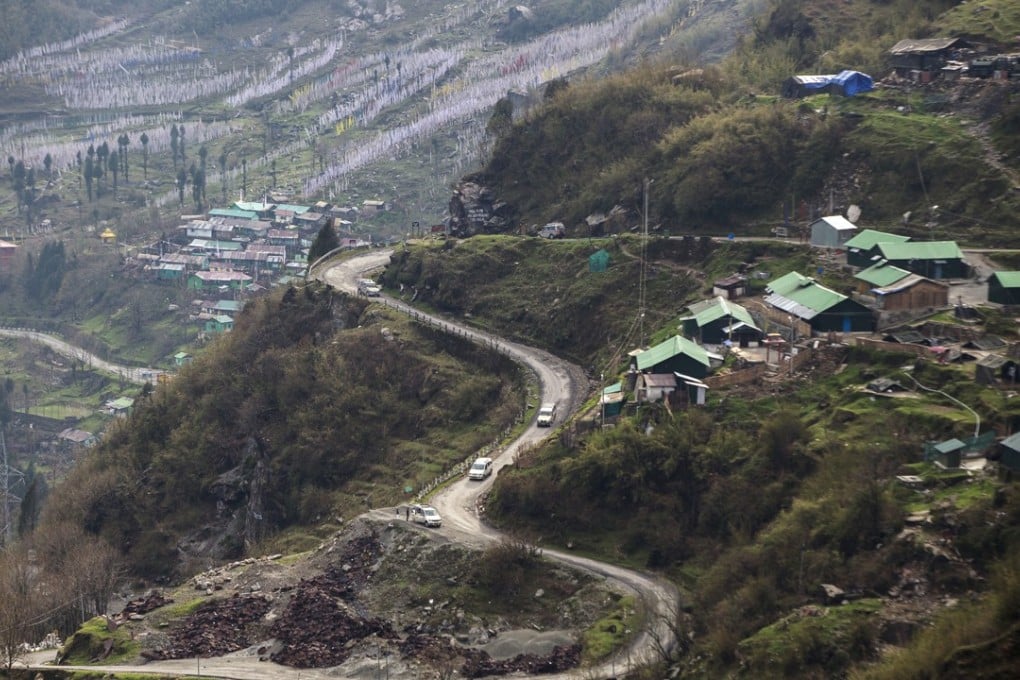China calls border row with India ‘the worst in 30 years’ as both sides dig in heels
Beijing hopes stand-off can be solved by diplomacy, but comments by Indian officials ‘had made Beijing suspicious’

China’s envoy to India has warned that a military stand-off along a contested part of the border in the Himalayas was the most serious confrontation between the two nations in more than 30 years.
Ambassador Luo Zhaohui told media in New Delhi that the Chinese people were deeply angry over the “occupation” by Indian troops of its sovereign territory but said the showdown should be resolved through diplomatic means.
Each side has about 3,000 soldiers facing off across a remote plateau in the pocket of land where Tibet meets Sikkim and Bhutan, Indian media reported citing army sources.
Tensions along parts of the 3,500km frontier that China and India share have simmered ever since the two sides fought a brief but bloody war in 1962.
